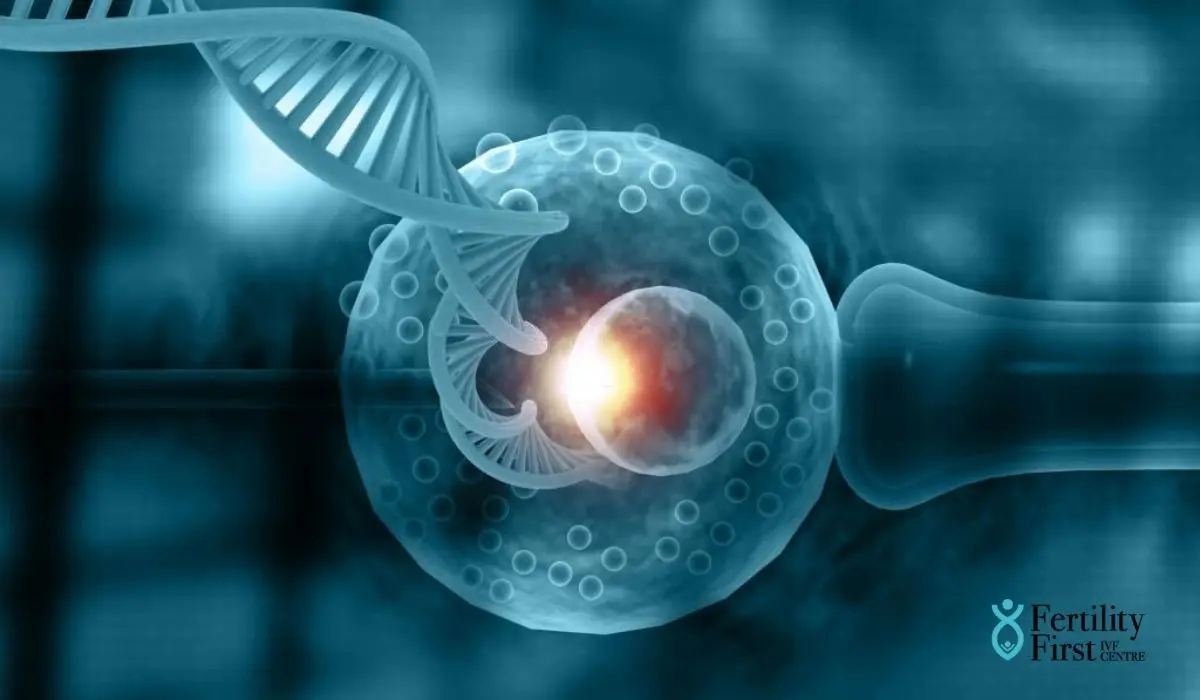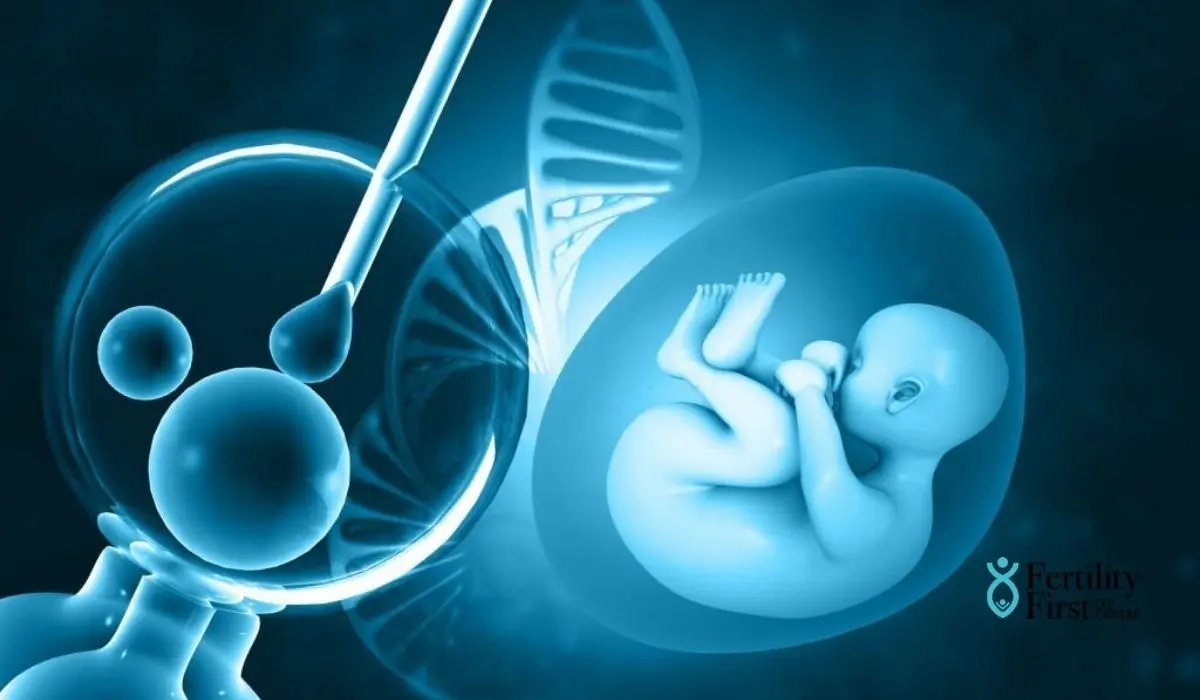Difference Between IVF And Test Tube Baby

Is there any difference between an IVF baby and a test tube baby? Well, a straight answer to that question is no, there is no difference between IVF and test tube baby. The field of fertility medicine has witnessed various advancements in the past few decades. Some of these advancements were highly successful and offered new hopes to couples who wished to embrace parenthood. When you come across assisted reproductive technology(ART), IVF baby and test tube baby are the two terms that often pop up almost all the time in connection with ART. At times, these two terms will be used, interchangeably. Both of them refer to two distinct methods used in assisted reproduction.
There are no significant differences between IVF babies and Test tube babies. When you take a closer look at the subjects of IVF and test tube reproduction, the procedures, processes, and many other related things are similar. In fact, test tube baby is an archaic term used to refer to IVF treatment in general. There are a few misconceptions surrounding this topic as well. These two terms can often be confusing as well. Let’s delve deeper into the subject. Read along to find out more about the difference between IVF and Test tube baby.
What is An IVF Baby?
IVF, or in vitro fertilization, is an advanced and widely practiced ART method. There are a few stages in IVF treatment. They include,

Ovarian stimulation
The recipient of the embryo needs to undergo an ovarian stimulation stage to promote the release of multiple eggs. Typically, hormone injections and medications are used in this stage to stimulate the ovaries.
Egg retrieval
Once the eggs mature, egg retrieval is the next stage. Your doctor will perform a medical procedure to extract eggs from the ovaries.
Fertilization
The retrieved eggs will be transformed into a laboratory setting for fertilization. Eggs and sperm get fertilized before the embryo transfer. This procedure should be conducted a few days before the final stage of IVF, that is embryo transfer. The sperm used in the procedure can either be collected from the intended father or a donor.
Embryo culture
After fertilization, the embryos need to be cultured to identify good-quality embryos.
Embryo Transfer
The final stage of IVF is embryo transfer. One or more embryos will be transferred. During the old times, multiple embryos were transferred to increase the chance of pregnancy. However, reproductive technology has advanced a lot in recent years since then, single-embryo transfer is the encouraged procedure. Moreover, multiple embryo transfers will increase the risk of multiple pregnancies as well. Before the transfer, the embryos will undergo a screening to determine the quality of the embryo.
An IVF baby is the result of these carefully performed procedures. The baby will be biologically related to the parents if donor gametes aren’t used. IVF is the most successful fertility treatment.
What is A Test Tube Baby?
The first test tube baby was born on July 25, 1978. It was an epoch-making event in the field of fertility treatment that has given hope to future advancements in the field of fertility treatments. The terminology is used to refer to babies conceived through a process called Gamete Intrafallopian Transfer or GIFT. In this procedure, an expert will combine eggs and sperm in a laboratory dish before transferring them into the fallopian tube.
This method is outdated and it has been replaced by the more advanced and successful technique like IVF. So there are no specific differences between IVF and test tube babies. People use the term test tube baby to refer to a baby born with the help of assisted reproductive technology. Today the usage is simply a misnomer. The ART procedure typically involves Petri dishes rather than test tubes.
A Matter of Social Perceptions
The unawareness about ART procedures among people has given rise to the morbid stigma and misconception surrounding IVF and test tube procedures. The procedure indeed includes some ethical concerns like,
Creation and destruction of the embryos.
Selection of genetic traits.
Involvement of third-party donors
These types of ethical concerns continue to shape the field of reproductive medicine. However, still, society views couples who choose assisted reproductive technologies through the lens of suspicion. The limited awareness of assisted reproductive technology somehow makes a few quick to judge. Nevertheless, the rapid progress in the field has helped to improve the perception of people towards ART compared to the bygone years.
Today IVF has achieved a widely accepted and celebrated position in the fascinating world of fertility technology and medicine. Test tube treatment has provided hope and meaning to couples looking forward to embracing parenthood back in the second half of the twentieth century.
Now IVF has established its dominance in the field, which happens to be a more effective and efficient technology. The term ‘test tube baby’ may often confuse people and still carry some outdated connotations, which has its roots in the history of assisted reproductive technology.
Who Needs IVF and Test Tube Treatments?
Test tube treatment is now a rarely used technology. However, it was so prevalent in older times. Today IVF is the commonly used reproductive technology. You can choose IVF treatment if you have undergone multiple miscarriages or failed to conceive after a year of unprotected sex. Altogether, any couple who faces challenges to get pregnant can choose IVF treatments.
An experienced fertility expert will help you diagnose the underlying infertility issue and recommend the best assisted reproductive treatment. Even if you have unexplained infertility issues, or if you are in advanced maternal age and you have other issues, like erectile dysfunction, sperm abnormalities, or fallopian tube damage, whatever the reasons for your infertility issues, you can consider IVF treatment to fulfill the dream of expanding the family.
Conclusion
In conclusion, the difference between an IVF baby and a test tube baby lies in the specific assisted reproductive technology used in both procedures. When it comes to assisted reproductive technology, IVF has been dominating the reproductive medicine field. It is a well-established and globally accepted method. On the other hand test tube baby is typically an older technique that is now outdated and rarely used assisted reproductive technology.
The ongoing advancements in the field of science and technology will continue to amaze the world with new inventions and techniques and it will in a way increasingly contribute new terms and usages to the language. It will likely lead to the enrichment of language and the perceptions surrounding the newfound technologies. It will definitely continue to evolve further. The profound impact they create on the lives of countless people and families will remain the same.
